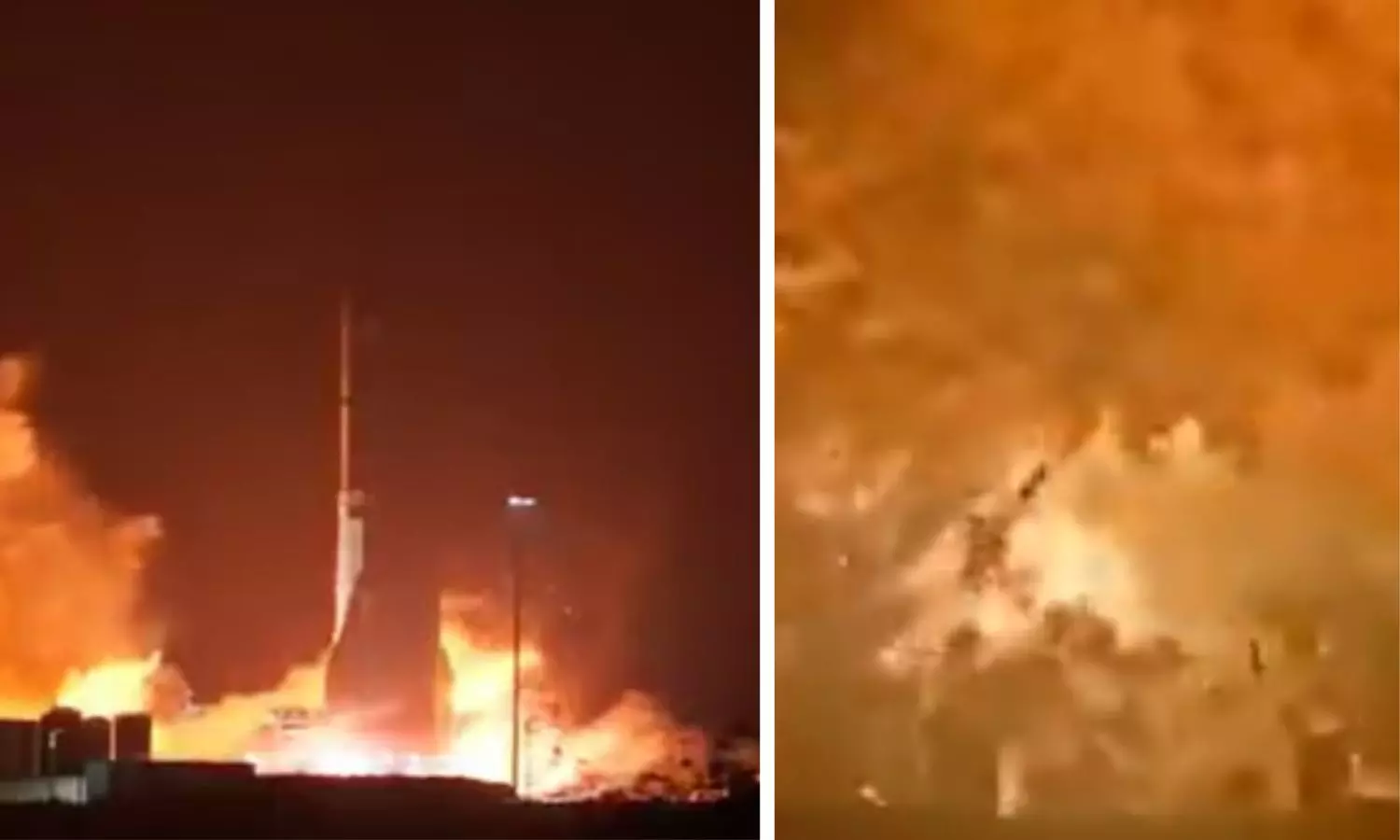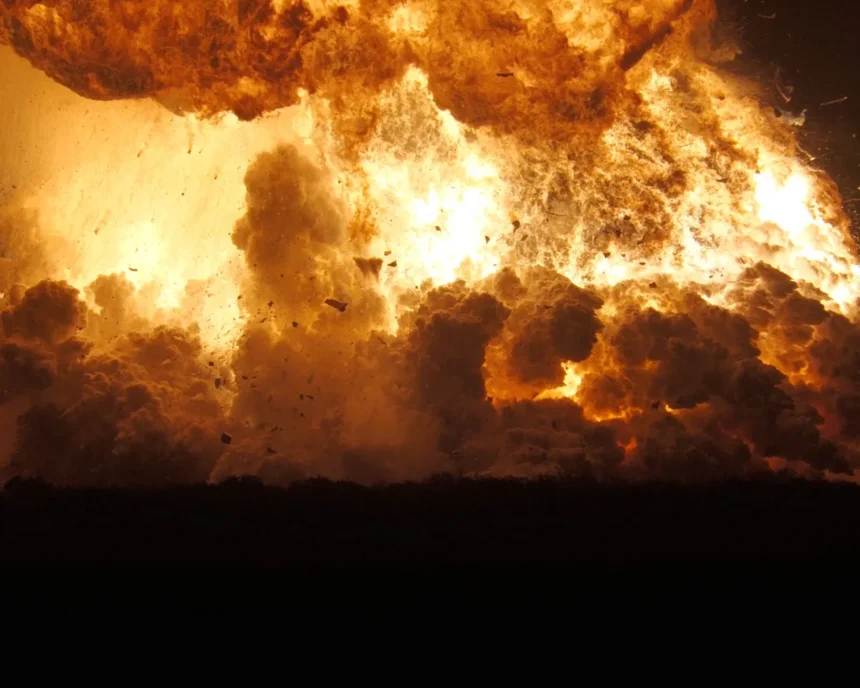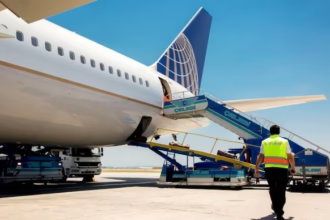Introduction
SpaceX faced another setback during its ambitious Starship rocket development program as a SpaceX Starship rocket exploded during a routine ground test at the company’s Texas Starbase facility. The incident occurred late Wednesday night during a static fire test, producing a massive fireball visible from miles away. Thankfully, no injuries were reported, and all staff remained safe behind a secured perimeter.
Details of the Explosion

The explosion took place at approximately 11:00 pm local time (0400 GMT Thursday) at SpaceX’s Starbase launch site near Boca Chica, Texas. The Starship vehicle was undergoing a “static fire” — a crucial ground test in which engines are briefly ignited while the rocket remains fixed to the pad. Instead, the test ended in disaster, destroying the entire vehicle and causing partial damage to nearby infrastructure.
According to a statement released by SpaceX, preliminary analysis indicates that the cause was linked to a failure in a pressurized tank located in the nosecone of the vehicle. This tank, known as a Composite Overwrapped Pressure Vessel (COPV), may have experienced a structural failure resulting in what officials described as “a sudden energetic event.” Fires were quickly contained thanks to the site being cleared of personnel before the test began.
Starship: The Future of Space Exploration
The Starship rocket is central to SpaceX’s long-term vision of enabling human exploration of Mars. Standing 403 feet tall, Starship is designed to carry up to 150 metric tonnes of cargo or passengers into orbit and beyond. Its fully reusable design allows for both the booster and upper stage to return to Earth for refurbishment after each flight. CEO Elon Musk envisions Starship playing a critical role in building a sustainable human settlement on Mars within the next few decades.
Musk downplayed the incident in an official statement, referring to the explosion as a minor “scratch” in the company’s broader development timeline. “We test aggressively and iterate quickly,” he reiterated, pointing to SpaceX’s philosophy of rapid prototyping and learning from failures to advance technological progress.
History of Recent Starship Test Failures
This latest incident adds to a growing list of Starship test failures that have occurred over the past few years. In May, a Starship prototype exploded over the Indian Ocean after its booster failed to complete a planned splashdown maneuver. Earlier attempts saw upper-stage breakups mid-flight or during landing burns. Despite these challenges, each failure has provided valuable data to SpaceX engineers as they work to refine the design and systems of the Starship platform.
SpaceX has stated that there are no shared design flaws between the COPVs used in Starship and those used in their Falcon rocket series, which continue to operate successfully for satellite launches and crewed missions.
Regulatory Green Light Amid Setbacks

Despite the setbacks, SpaceX’s development tempo remains relentless. Just days before the latest explosion, the Federal Aviation Administration (FAA) granted approval for SpaceX to conduct up to 25 Starship launches per year. This approval came despite concerns raised by environmental groups about potential harm to sensitive habitats in the Boca Chica area.
NASA remains firmly supportive of Starship’s potential, with the agency investing in SpaceX’s Human Landing System (HLS) variant of Starship for future crewed missions to the Moon under its Artemis program. NASA Administrator Bill Nelson has expressed confidence in SpaceX’s capacity to overcome technical hurdles, pointing to the company’s proven track record with the Falcon 9 and Dragon spacecraft programs.
Investigation Underway
SpaceX and regulatory authorities have launched a full investigation into the failure. The company will review telemetry data, tank structural integrity, and engine system performance leading up to the explosion. Such analyses are critical in understanding root causes and implementing design improvements to prevent future incidents.
Although the explosion may delay the planned 10th test flight, SpaceX maintains its commitment to continue Starship testing aggressively in preparation for both Earth orbit missions and interplanetary exploration in the years ahead.

Conclusion
While the SpaceX Starship explosion at Texas Starbase marks another setback for Elon Musk’s ambitious Mars mission plans, it is also part of SpaceX’s high-risk, high-reward approach to rocket development. Each failure brings valuable lessons that push the boundaries of what’s possible in aerospace engineering. As investigations proceed, the world will watch closely how SpaceX adapts, iterates, and continues to advance its revolutionary Starship program.
Stay updated with the latest space news and breakthroughs
For further official coverage, read the FAA’s update here, and SpaceX’s own statement here.









